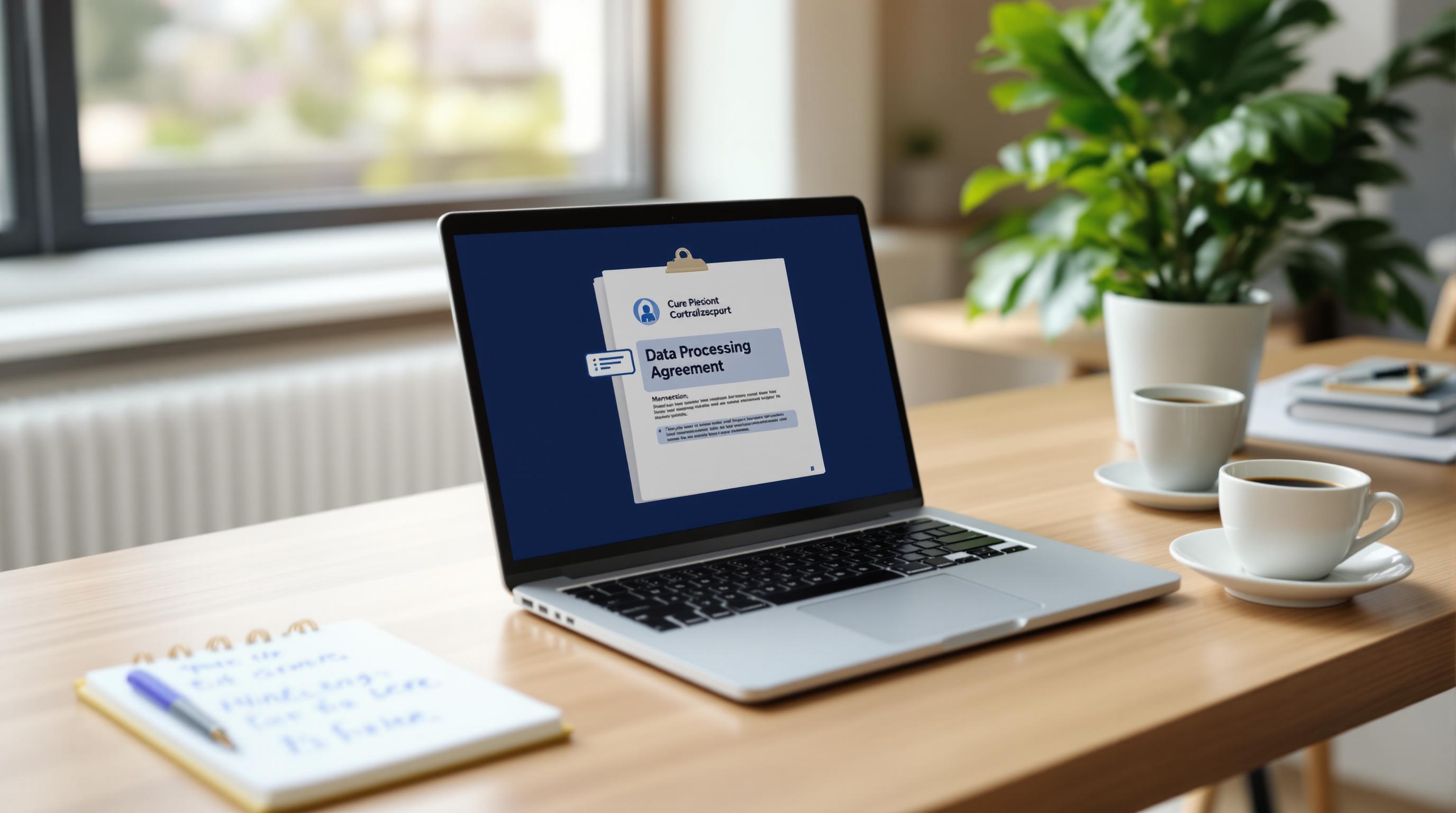HighLevel workflows are built on two key elements: triggers and actions. Here's how they differ:
- Triggers: These are events that start a workflow, like a form submission or adding a tag to a contact.
- Actions: These are tasks executed after a trigger, such as sending an email, updating a contact, or assigning a task.
Key Differences:
- Purpose: Triggers detect events; actions perform tasks.
- Timing: Triggers activate immediately; actions follow in sequence.
- Flexibility: Triggers are fixed events; actions can include delays, conditions, or loops.
Quick Comparison
| Feature | Triggers | Actions |
|---|---|---|
| Purpose | Start workflows | Execute tasks |
| Timing | Immediate | Sequential |
| Flexibility | Fixed event criteria | Logic-based (e.g., delays, loops) |
To create effective workflows:
- Identify triggers that initiate processes.
- Plan actions to follow logically.
- Use delays and conditions to guide workflows.
Want your workflows to run smoothly? Map steps clearly, test thoroughly, and focus on aligning triggers and actions with your goals.
How to Use GoHighLevel WORKFLOWS (If/Else, Automations ...
What Triggers and Actions Do
HighLevel workflows combine triggers - events that kick off a process - with actions - tasks carried out in response.
What Are Triggers?
Triggers are events that activate workflows. These could include form submissions, adding a tag to a contact, or hitting a specific date. For instance, when someone submits a consultation request form, it can trigger a follow-up sequence automatically.
What Are Actions?
Actions are the tasks HighLevel performs after a trigger activates. Some common examples include:
- Sending emails or SMS messages
- Adding or removing tags
- Updating or creating contact records
- Assigning tasks to team members
- Triggering webhooks
Connecting Triggers and Actions
When a trigger activates, HighLevel executes the associated actions in order, ensuring smooth, automated workflows. In the next section, we’ll dive deeper into how triggers initiate workflows and how actions handle the tasks that follow.
sbb-itb-f031672
Main Differences: Triggers vs Actions
Triggers and actions are the backbone of automated workflows. While triggers kick things off, actions handle the tasks that follow. Here's a clear breakdown of how they differ:
-
Purpose
- Triggers: Detect specific events to start workflows.
- Actions: Perform the tasks needed after a trigger fires.
-
Timing
- Triggers: Activate immediately when conditions are met.
- Actions: Execute in the order specified within the workflow.
-
Flexibility
- Triggers: Operate based on fixed event criteria.
- Actions: Can include additional logic like delays, conditions, or loops.
Knowing how these elements interact helps you design workflows that handle even the most complex processes with ease.
Creating Multi-Step Workflows
Organizing Triggers and Actions
Start by outlining the key steps in your workflow:
- Identify the main trigger that kicks off the process.
- Place the essential actions directly after the trigger.
- Add conditional branches to guide contacts down specific paths.
- Include delays between actions to prevent overwhelming contacts.
For instance, if someone submits a form, your workflow might: verify their information, tag them appropriately, send a welcome message, and assign follow-up tasks.
You can also link multiple triggers to create branching workflows.
Managing Multiple Triggers
When working with multiple triggers, keep things organized to avoid confusion:
- Design separate action paths for each trigger to prevent overlap.
- Use conditional logic to tailor actions based on the trigger.
- Test all trigger combinations to ensure everything runs smoothly.
These strategies lay the foundation for building more complex workflows with multiple branches.
Conclusion: Using Triggers and Actions Effectively
HighLevel workflows revolve around two key elements: triggers (events that start processes) and actions (tasks that follow). To create effective multi-step workflows, align each step with specific triggers and actions that support your goals.
Triggers set workflows in motion, while actions carry out the tasks. For example, in a lead nurturing workflow, determine which user actions (like clicking a link or filling out a form) should activate follow-up sequences. Then, plan the actions that will deliver the most impact at each stage. Keep things straightforward by focusing on clear and logical trigger-action paths that guide your audience toward your desired outcome.
To get the most out of your workflows:
- Set clear objectives.
- Map out each step with specific triggers and actions.
- Test your workflows to ensure they run smoothly.
Need more help? Check out HL Max for detailed tutorials and expert tips to fine-tune your HighLevel workflows and improve campaign results.



